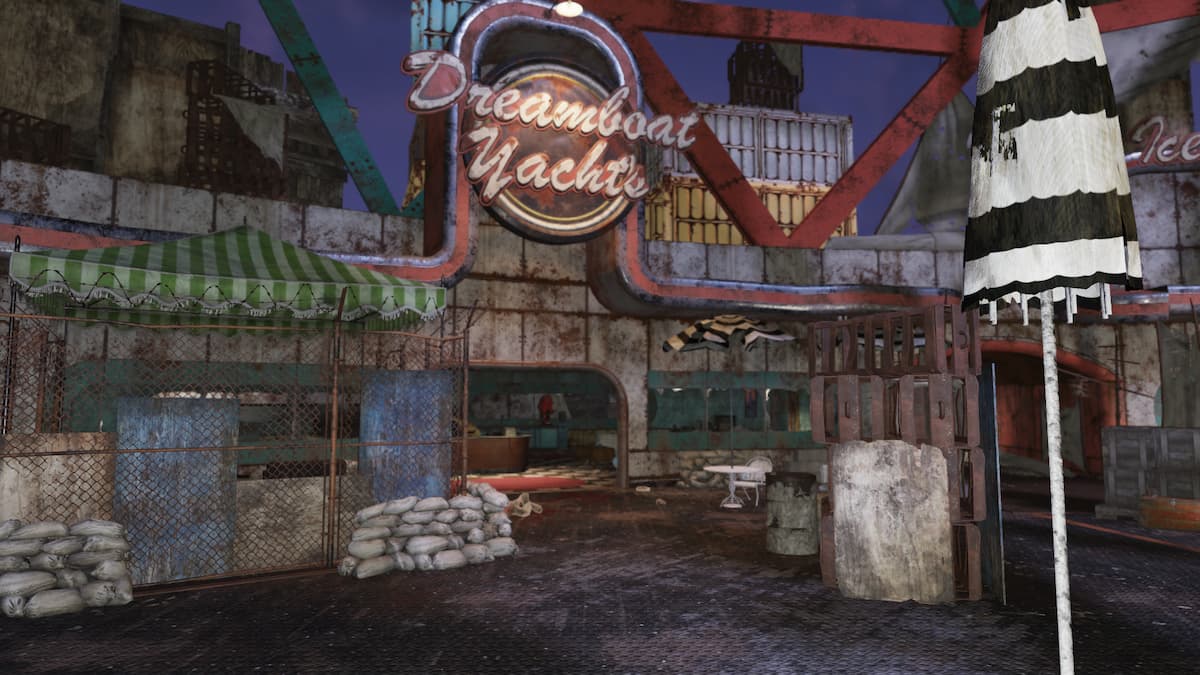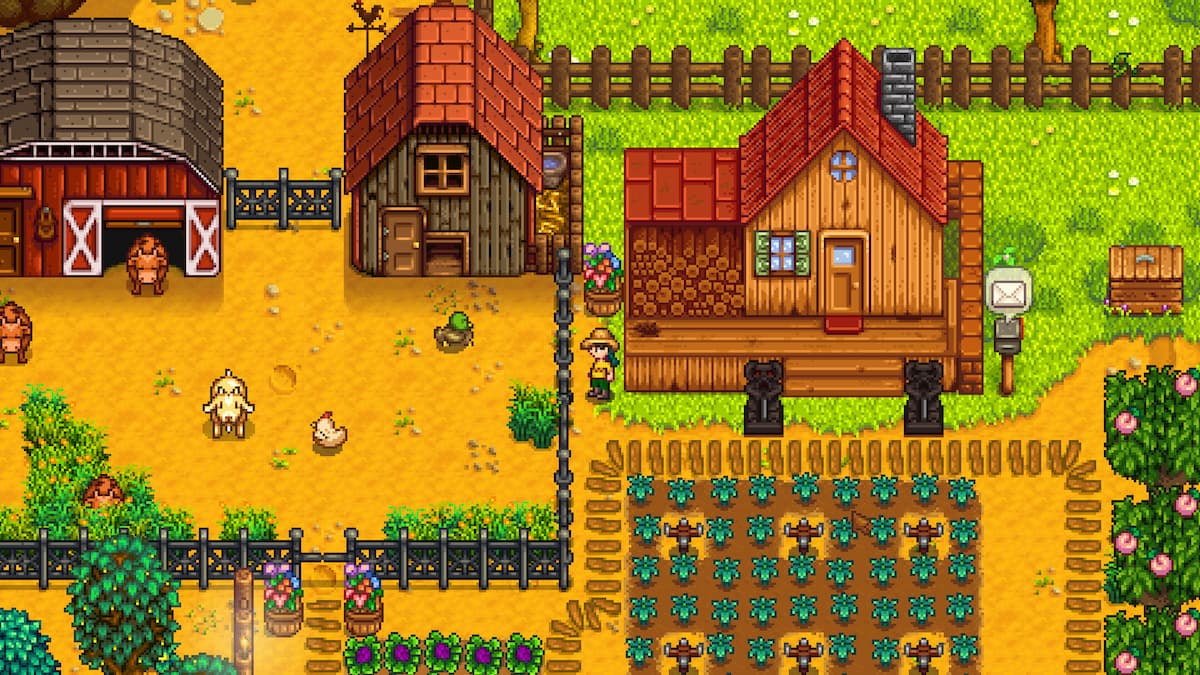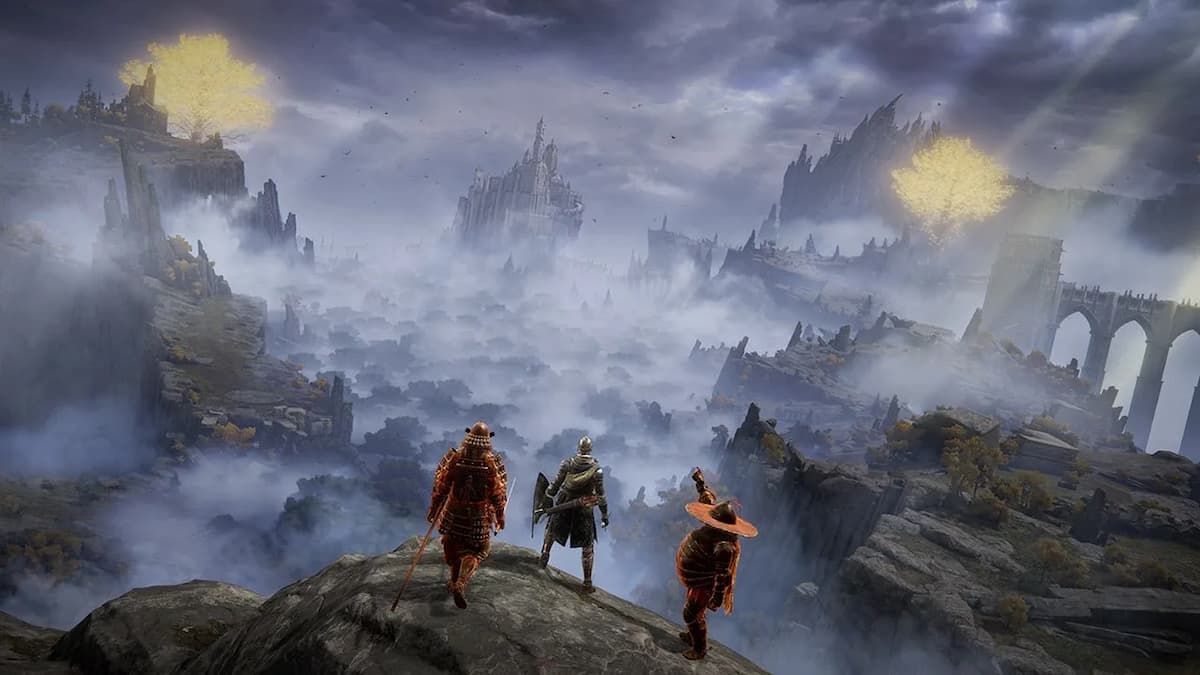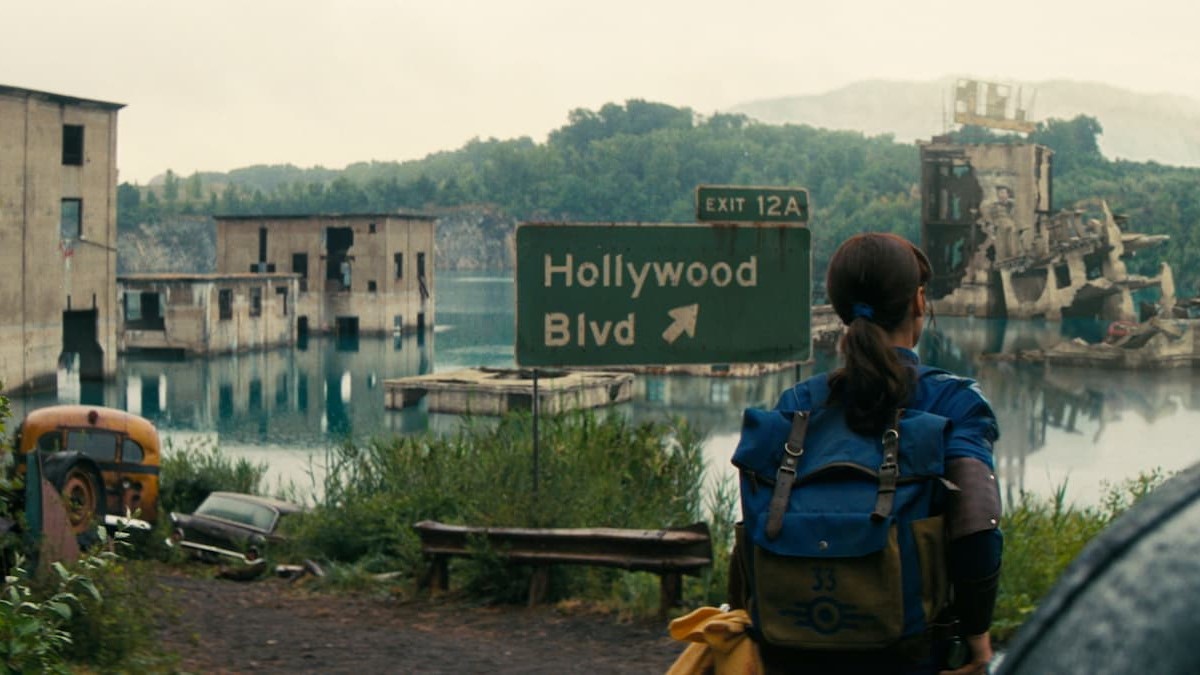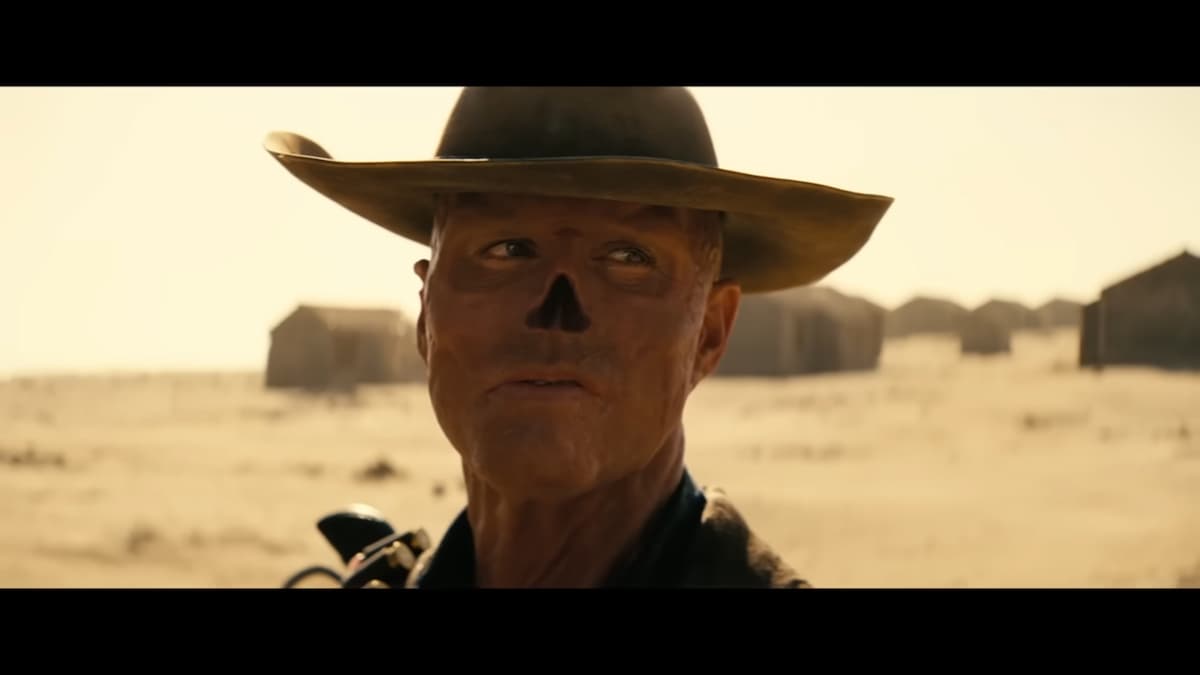[Editors Note: Neon Serpent was kind enough to give us a copy of their game ULTRAWORLD for the purpose of review. You can read that review here.]
Neon Serpent is an enigma in the indie gaming scene. For starters, the company is run by just one man, James Beech. The level design, the in-game music, the programming, and even the marketing, he did it all solo.

Beech, who worked with several big companies in the game industry, including Sony Online Entertainment and Crytek, decided to venture out on his own when he felt his artistic embers dying out. This resulted in the release of his new game, ULTRAWORLD, which is shaping up to be very interesting.
ULTRAWORLD is a new breed of game, one that focuses on the artistic side of gaming. A first person experience, the game is a walk through a world that is steeped in Beech’s artistic stylings ranging from his own back to his grandfather’s. With surreal environments, each one has its own distinct art and feel to it. This game gives the player an experience of real exploration.
In fact, Beech wants us to believe ULTRAWORLD is a real world and is treating it as a “non-fiction title”. The gamer is given a camera and tasked to explore and help other characters while experiencing the majesty all around. View the scenery, find amazing locals and capture its majesty, or even change the color and music to change how they experience the world.
Shown in the medium of a game, ULTRAWORLD is, at its core, a piece of art.
With the release and its current GreenLight pending on Steam, I decided to reach out to James and pick his brain about a view things. Here is the result:
Jay Prodigy: First, I want to thank you for taking the time out of your busy schedule to speak with me. I just recently heard about ULTRAWORLD myself and from what I’ve seen, I’m impressed. How long did you think on the idea before developing the game?
James Beech: It all started the last time I visited Niagara Falls; this was about a year prior to development. I took a typical picture of the falls, thought to myself, “looks perfect,” and went to leave. As I did, I noticed another man take up my exact same position and take the exact same shot. I had a vision of all the millions of people who’ve ever stood there, trying to capture a piece of the locale’s magic. Yet, no matter how many photos we take, there’s still only the one, real Niagara Falls, and we have to leave it behind.
Video games are the inverse of this: they’re basically a million duplicates of a real place. Each one is as legit as the next; there is no master version of The Citadel, City 17, or Hyrule. We each get to be in there, at the real deal, in person. And we can access these worlds from anywhere on Earth, as long as we have an internet connection. That’s something special, yet often ignored. People can have a hard time looking past poly-counts and texture quality and just let themselves BE in a different world.
So I wanted to make a game that played up this phenomenon. A game that directly tried to convince players that, “this place is just as real as any place you’ve ever been.” It doesn’t matter if there are a million copies, it’s still real. And my main character was an offshoot of this idea: if this world is real, who would be there trying to make this argument?
Games have BEEN an artistic medium for quite a while, they haven’t just recently, “arrived at the party.”
JP: You are a proponent of Gaming as an artistic medium, how do you see games these day reflecting this concept? What games would you say focus on the artistic side of the industry?
JB: First off, I just want to throw this out there as a reminder for the world in general: games have BEEN an artistic medium for quite a while, they haven’t just recently, “arrived at the party.” That’s how I’ve always felt. You would have to try hard to convince me that Final Fantasy VI, for example, isn’t a work of Art!
That said, I think we’ve gotten over the hump of trying to convince naysayers that this is true. As far as I can tell, the conversation is finally settled: games are now universally accepted as Art. And the indie scene, I feel, has flourished in light of this acceptance. That’s how we get interesting games like The Stanley Parable, Gone Home, and Dear Esther, that are all obviously Art and yet also commercially successful. As cool as this stuff is, there is definitely room to grow, and rules to break. I look forward to seeing games continue to unfold, and hope to do some of that rule breaking myself.
At that price, it’s basically take it or leave it. Either people are interested in your idea or not, and adding a zombie mode, just because, likely won’t change their mind.
JP: Do you feel ULTRAWORLD will push current developers to focus on art instead of filler (like multiplayer and zombies)?
JB: It would be nice, but realistically, filler is usually less about Art and more about making money; especially in the AAA space. It’s about trying to provide perceived dollar value. Sure, most people won’t play a tacked-on multiplayer mode, but it certainly puts publishers’ minds at ease to slap that on as a bullet-point. I know from my AAA days that the phrase, “ten hour rental,” can haunt people’s dreams. But ultimately this extra manpower is almost always wasted, and of course seldom adds to the artistic aspects of most titles.
In the $15 range, however, I feel like games are much more to the point. At that price, it’s basically take it or leave it. Either people are interested in your idea or not, and adding a zombie mode, just because, likely won’t change their mind. So I would encourage developers working in this range to stick to their guns and focus on their core experience. Put everything you have towards making your artwork unique.
JP: You wrote on the game’s website that it “can’t be a book, movie, or play”. Why do you feel that way? What makes ULTRAWORLD unique that no other avenue would fit?
JB: This goes back to what I said earlier, about the phenomenon of perceiving “virtual” worlds as real worlds. Sure, you could have a book that talks about this idea, but it’s a far cry from being in a fully realized computer environment. Whether my character convinces you the game world is real or not, the simple fact that ULTRAWORLD exists still stands as the best way to show that ULTRAWORLD exists, if that makes sense. And since that’s true, it’s allowed me to approach the story as a work of non-fiction; like everything is occurring, “for real,” on your computer, as you’re visiting. I just can’t see that working in another medium.

JP: Has working for Sony Online Entertainment, Silicon Knights and Crytek influenced the artistic aspects of your own life as well as the game?
JB: Their biggest influence on me, as an artist and as a person, has been to give me a greater appreciation of time. I worked on DC Universe Online for five years – one year longer than Michelangelo worked on the Sistine Chapel – yet somehow I don’t foresee DCUO making into any Art History books. There I was, working crazy hours, thinking, “man this is going to be great,” and then it came out, and nobody cared. It got OK ratings, an average number of players, and it was mostly just a footnote a month after release.
Tons of games fall into this category. Countless people have put 5 to 10 years of their life into works of Art that are ultimately met with a shoulder shrug. Hell, some of my AAA friends have worked five years on projects that got canceled. In my case, ages 25 to 30 belonged to Sony, where all my creative energy went into this one juggernaut game. DCUO’s ho-hum reception was a splash of cold water saying, “I can’t do this forever.” What if every project is this long, and they all get the same reception? As an artist, that’s a grim prospect.
Though it may sound like I’m complaining, in truth, I don’t regret the time: I learned most of what I know about game making during those years, and ULTRAWORLD wouldn’t exist without all that preparation. But the perspective it gave me on time, and how quickly it can disappear, is truly what made me question what I want to be doing with my life.
JP: The game totes a 2-4 hour play time, but hints that could be long if we enjoy the post-game. Care to give any hints as to what that might mean?
JB: The post game is basically a free-exploration mode where players are given a camera and encouraged to relax and take pictures. They can also change up the colors of the world, and it’s music, to help suite the mood. Personally, I enjoy going around trying to find cool, abstract compositions; much like I would on any vacation, (to Niagara Falls, for example). Players’ mileage may vary depending on how enticing they find this idea.
On the same subject, I recently added something called Vacation Mode: this let’s you jump right to the post-game. This is for people who just want the relaxation aspect and none of the, “story that could only be told in a game,” stuff. I know that’s not everybody’s cup of tea, so there’s no need to force it on people. Next up, I’m working on Zombie Mode…(j/k)
JP: FPE (First Person Explorer) is a genre you classified ULTRAWORLD. Do you hope future game companies adopt this genre label? Should we coin it now, because it does have a nice ring to it.
JB: It’s certainly nicer than Walking Simulator, isn’t it? And it very clearly explains what you should expect. I’ve heard other terms as well, but I think this is the most succinct; so yeah, let’s coin it.
The biggest challenge was confronting the most basic question: can I do this?
JP: Finally, you worked solo on this project, besides funding it yourself, what other challenges did you have to overcome?
JB: The biggest challenge was confronting the most basic question: can I do this? My background is in Art and design, but I have zero programming knowledge. For anything I’d ever worked on, the “release” part of the process was never handled by me, nor were game patches/updates. And I certainly never had to worry about marketing. I started my Twitter account the day the game came out; I’m a social media noob. Not to mention the business side; I’ve never run a company before. Even the music: any songs I’ve ever made have been…not fit for humanity, to put it kindly. I had to ask myself if I was ready to face all these challenges, with my own money on the line, knowing I could fail utterly. It was a huge risk.
JP: Once again I want to thank you for the chance to speak about the game with you. I noticed it is currently in the Steam Greenlight section. Anything you would say to the gamers to convince them to help push the title as well as pick it up?
JB: Thanks for asking about ULTRAWORLD! As for a last-minute sales pitch, let’s try: It’s gorgeous, it’s unique, it’s relaxing, it’s different. Take a chance!
It was really great to speak with James about his interesting project, though he mentioned not to talk about ‘Nam quite a bit. Other than the slight convulsion and shell shock, what he shared about ULTRAWORLD really put things into perspective and made me see more to the game than I had before.
ULTRALWORLD is now available on the PC through digital download of the game’s site or through Steam once it gets greenlit. Show your support for this work of art by picking it up and let the art flow through you.


